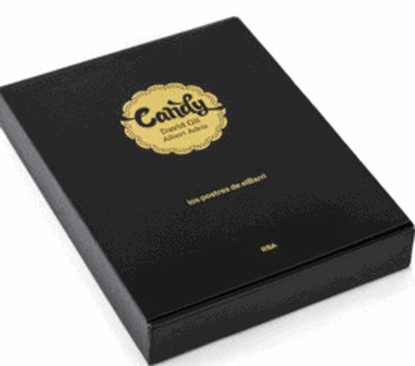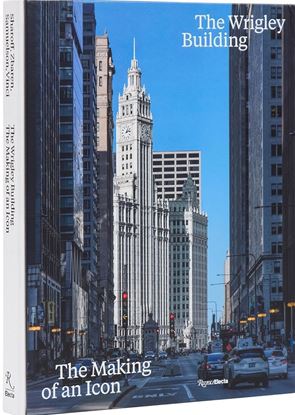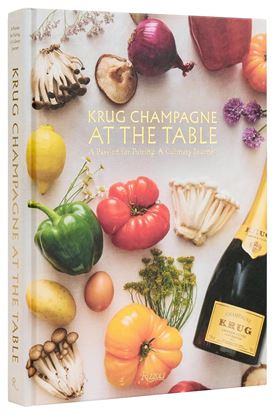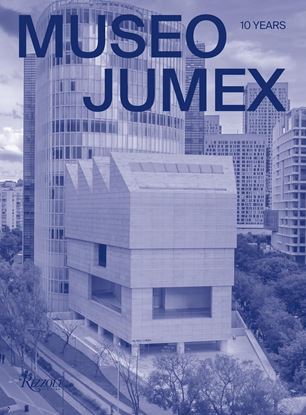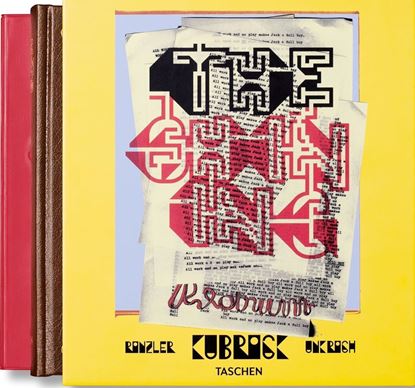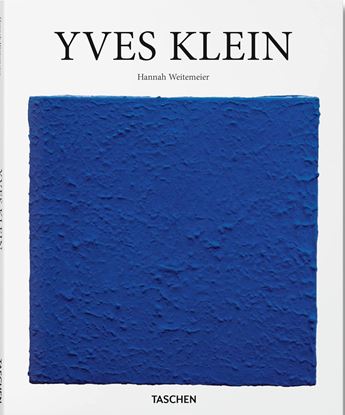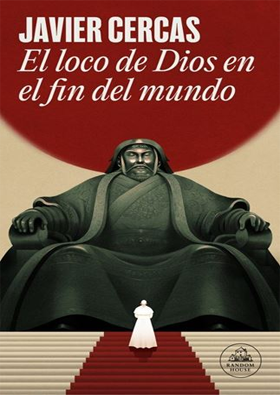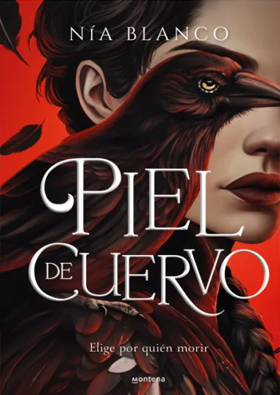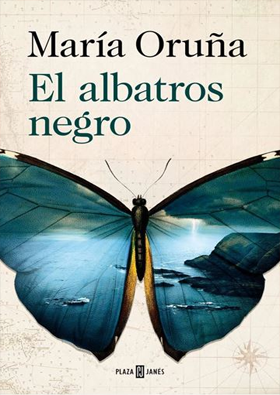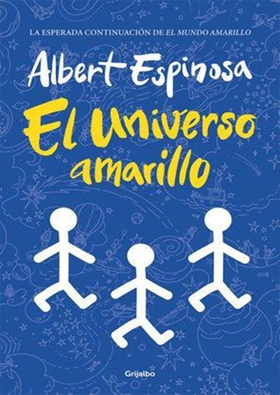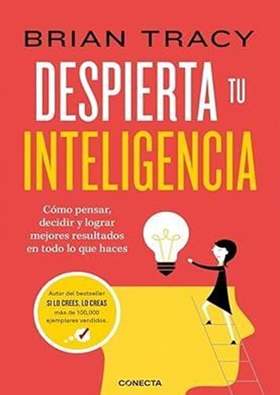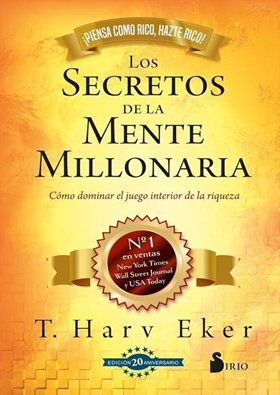

NOVEDADES
CANDY LOS POSTRES DE ELBARRI
Candy es un destilado de la cocina dulce creada en los restaurantes de elBarri a largo de toda una década (2011-2021). La última fase de su confección coincidió con la clausura de elBarri: ese irrepetible parque de atracciones gastronómico del que formaban parte Tickets, Bodega 1900, Hoja Santa, Pakta y Enigma. Para Albert Adrià y David Gil ―alma mater y jefe de pastelería de elBarri, respectivamente―, este libro representa un alto en mitad de sus carreras, una pausa que ha traído consigo un bien de incalculable valor: la oportunidad de volver la vista atrás, de evaluar los éxitos alcanzados y replantearse las próximas metas.
5,995
THE WRIGLEY BUILDING
The Wrigley represents the high-water mark of Beaux Arts Classicism in the city, a gleaming white palazzo at the head of Chicago’s grandest boulevard, Michigan Avenue. With lavish terra-cotta ornamentation, it was Chicago’s tallest building when it opened in 1921. The book focuses on the intertwined stories of William Wrigley Jr., the larger-than-life founder of the chewing gum empire, and Charles Gerhard Beersman, the relatively unknown architect who, mentored by architect Julia Morgan, brought the building to life.
5,995
KRUG: CHAMPAGNE AT THE TABLE
This one-of-a-kind pairing book invites readers on a gastronomic world tour. Ten master chefs derive inspiration from Krug cuvées and one simple ingredient each, to deliver over thirty never-before-published recipes. Anne-Sophie Pic and Arnaud Lallement from France; Guillaume Galliot from Hong Kong SAR; Tanja Grandits from Switzerland; Tim Raue from Germany; Enrico Bartolini from Italy; Yosuke Suga from Japan; Lorna McNee from Scotland; and Cassidee Dabney and Nina Compton from the United States are photographed by French duo The Social Food in the intimate surroundings of their kitchens. Recipes such as Cocoa Pigeon and Piquillo Condiment; Risotto with Juniper, Red Prawns and BBQ; are accompanied by paring notes to specific editions of Krug Grande Cuvée and Krug Rosé. Texts by Alice Cavanagh also delve into ten themes around Krug, from the ten champagne myths to ten tasting notes and the lifestyle code of the Champagne region.
5,995
MUSEO JUMEX. 10 YEARS
This volume celebrates the 10th anniversary of Museo Jumex, Mexico City’s most important contemporary art museum, and its unique collection.
Located in the vibrant Polanco neighborhood of Mexico City, Museo Jumex opened its doors to the public in 2013 as a one-of-a-kind museum devoted to the production and discussion of contemporary art.
Founded by Eugenio López Alonso, a pioneer in the realm of contemporary art collecting in Mexico, and designed by Sir David Chipperfield, 2023 winner of the Pritzker Architecture award, Museo Jumex has achieved international recognition for its dual mission of bringing works of renowned international artists to Mexico for the first time and elevating the work of today’s Mexican and Latin American artists.
5,995
STANLEY KUBRICK'S THE SHINING (INT)
Equally a study of the intricate mechanics of Kubrick’s genius as an in-depth look at the making of a visual masterpiece, Stanley Kubrick’s The Shining gathers hundreds of hours of exclusive new interviews with the cast and crew in an unprecedented look at the 1980 cult classic. Slip in through the back door of The Overlook Hotel to witness Kubrick’s endless rounds of script rewrites, his revolutionary use of the Steadicam, the mechanics behind the infamous blood elevator, the mysterious mid-filming fire at Elstree Studios, and the countless takes needed to satisfy the meticulous force that was Kubrick.
5,995
JACQUES DEVAULX. NAUTICAL WORKS (XL)
In the mid-1950s, Yves Klein (1928–1962) declared that “a new world calls for a new man.” With his idiosyncratic style and huge charisma, this bold artist would go on to pursue a brief but bountiful career, producing more than 1,000 paintings over seven years in an oeuvre now considered a mainstay of postwar modernism.Klein made his name above all with his large monochrome canvases in his own patented hue of blue. International Klein Blue (IKB), composed of pure pigment and binding medium, is at once rich and luminous, evocative and decorative, and was conceived by Klein as a means of evoking the immateriality and infinitude of the world. The works of this “Blue Revolution” seem to draw us into another dimension, as if hypnotized by a perfect summer sky. Klein was also renowned for his deployment of “living brushes,” in which naked women, daubed in International Klein Blue, would make imprints of their bodies on large sheets of paper.
5,995


